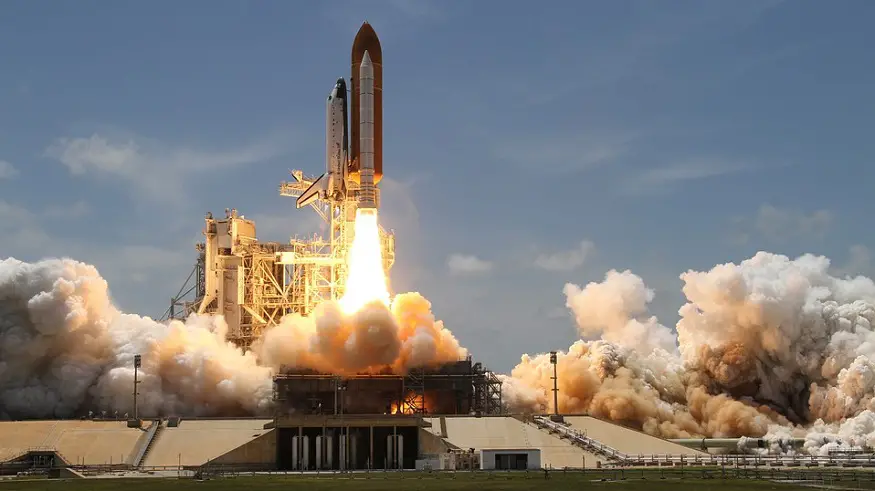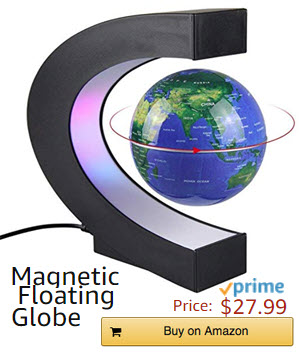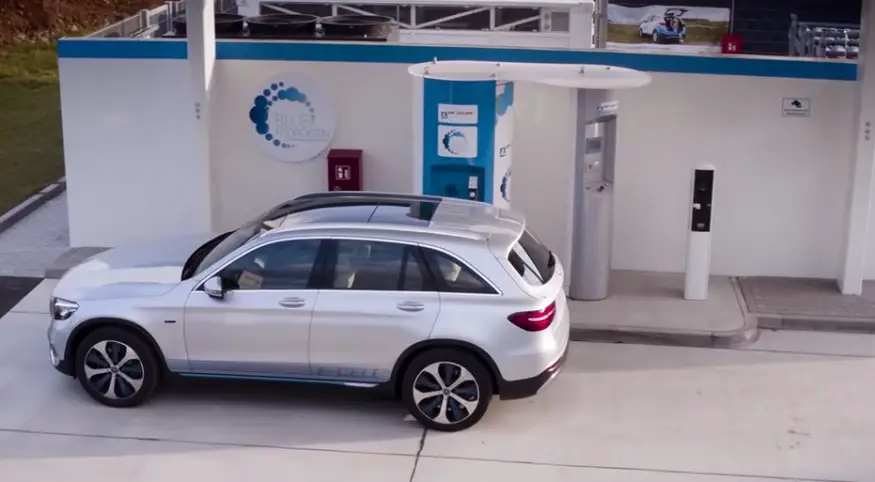
NASA projects could help give fuel cell industry a boost
October 30, 2019NASA’s plans to return to the moon have breathed new life into fuel cell research for space travel.
NASA has long been important to the research, development and growth of the fuel cell industry. Over the years, the agency has helped to advance hydrogen fuel cell technology, and now with revived plans to return to the moon, it has set its sights on researching the use of fuel cells for space travel.
Researchers are working on a revolutionary regenerative tech.
A team of researchers at NASA’s John H. Glenn Research Center in Cleveland, Ohio, are reportedly working on a regenerative fuel cell. This fuel cell is said to be capable of generating electricity from hydrogen and water while at the same time performing the reverse function.
The reverse function would be using water and electricity that is generated from solar panels or other renewable sources to generate hydrogen and oxygen. This regenerative fuel cell technology could be the foundation for low-cost, solar-powered hydrogen (green hydrogen) production at scale.
This could be revolutionary for the fuel cell industry which has long fought an uphill battle to find ways to make hydrogen production cheap, as the high cost of production has been one of the major obstacles preventing the technology from gaining widescale adoption.
If the researchers manage to achieve wide-scale production with their regenerative fuel cell technology, this could result in the greater adoption of this technology for a variety of applications, including transportation.
The fuel cell industry is likely to benefit from NASA’s continual interest in fuel cell tech.
Of all the technology at NASA’s disposal, why does the agency seem to be keen to explore fuel cell research? According to engineer Ian Jakupca, who works in the Direct Energy Conversion group at NASA’s Glenn Research Center in Cleveland, they’re light and they last a long time.
A compact 12-pound device with stacks of fuel cells can generate approximately 250 watts of power non-stop for one or two years, while a battery of the same size may last for only about a month, he says, according to an Energy News Network report from July.
Jakupca explained that regenerative fuel cells are not often used on Earth. However, it makes sense for a potential surface base on the moon because it “is the only non-nuclear option.”
Going forward it will be interesting to see what impact NASA’s research has on the fuel cell industry.



 With over 15 years of reporting hydrogen news, we are your premier source for the latest updates and insights in hydrogen and renewable energy.
With over 15 years of reporting hydrogen news, we are your premier source for the latest updates and insights in hydrogen and renewable energy.